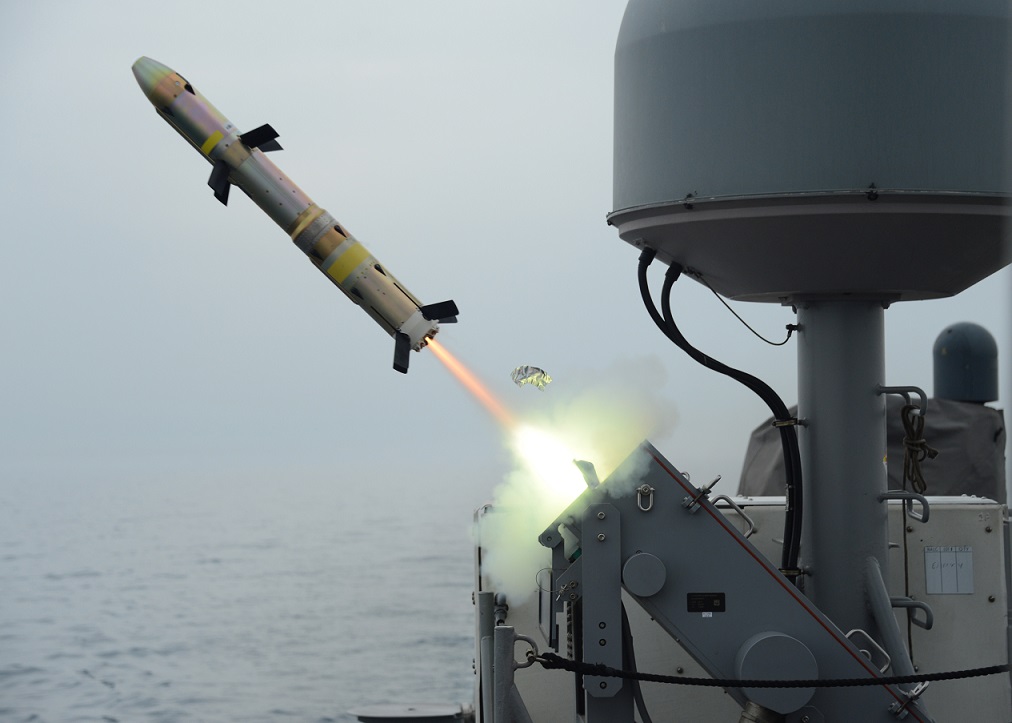
This post is also available in:
 עברית (Hebrew)
עברית (Hebrew)
The term low-intensity warfare (LIW) covers a wide range of activities among states, from peaceful competition to conflicts below full-scale warfare. LIWs can also include activities by non-state actors which can have a disruptive impact on citizen’s daily lives, or a state’s ability to maintain security.
Army-technology.com cites trends impacting LIW as identified by globaldata.com
Multi-mission platforms – due to reduced manpower and O&M funds, current platforms can carry out a wider range of tasks. For example, the market offers LIW versions of existing MBTs and armored vehicles, which have been upgraded with additional armor protection, an RWS, active-protection systems, cameras that provide situational awareness, hybrid electric energy management systems and other similar ones.
Modularity – as threats are evolving, modularity can provide the necessary “ground” for the integration of additional capabilities. For example, a modular vehicle architecture will allow the user to modify it according to the mission requirements. It could feature a lighter armor and weapons in a low threat environment while being equipped with additional elements vis a vis high-threats.
Current Armed Forces are constituting their systems and platforms interoperable in order to share C4ISR information and strike capabilities. Moreover, LIW requires the collection of a large set of data coming from the continuous monitoring of areas, including civilian areas. That is the monitoring of urban areas, which are considered some of the most complex in terms of “noise” to actionable intelligence ratio.
Artificial intelligence is an enabler and a key technology in the effective use of unmanned systems, especially in complex scenarios involving swarm tactics. With the need to analyze OSINT (Open-Source Intelligence) sources, an even larger amount of data has to be analyzed. AI and machine learning will be catalysts in providing early warning to the intelligence community.
Unmanned systems – LIW threats require continuous monitoring of large geographical areas. Unmanned systems will provide the necessary persistence in ISR (Intelligence, Surveillance, Reconnaissance) missions, at a fragment of the cost of their manned counterparts.
Collateral damage reduction – LIW often takes place in a civilian environment. The outcome is often dependent on winning the “hearts and minds” of civilians. Therefore, if any weapons are used these should be designed with the idea of inflicting the minimum collateral damage possible. Weapons such as precision-guided missiles or guided rockets can offer the capability required to destroy an enemy position without affecting a house or resulting in civilian casualties.

























